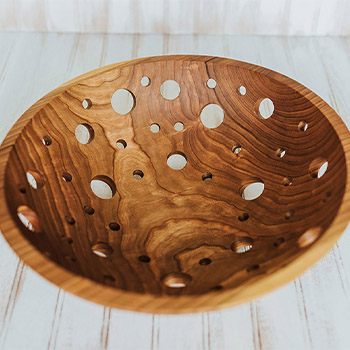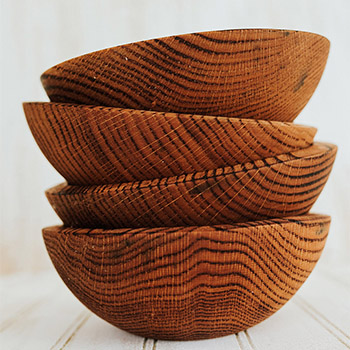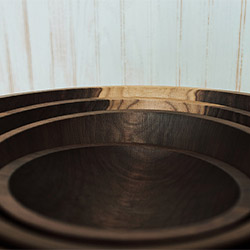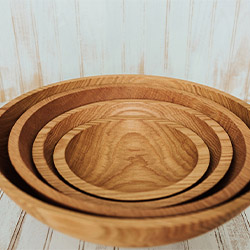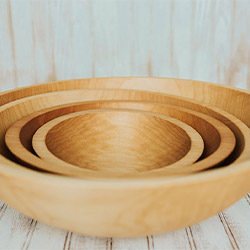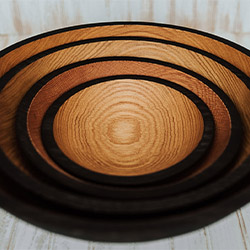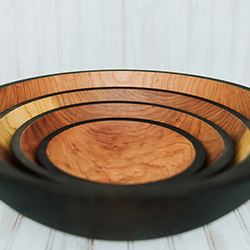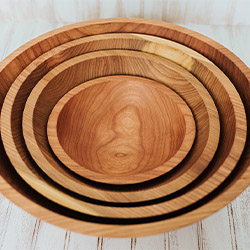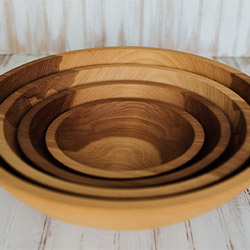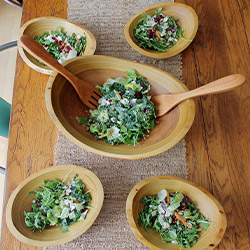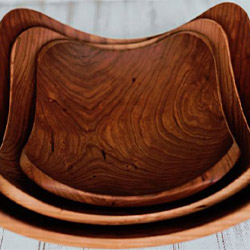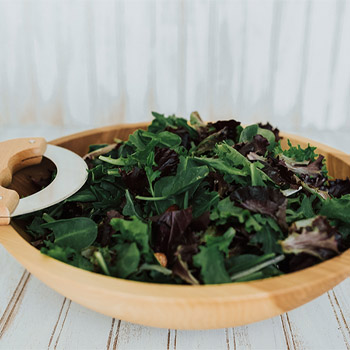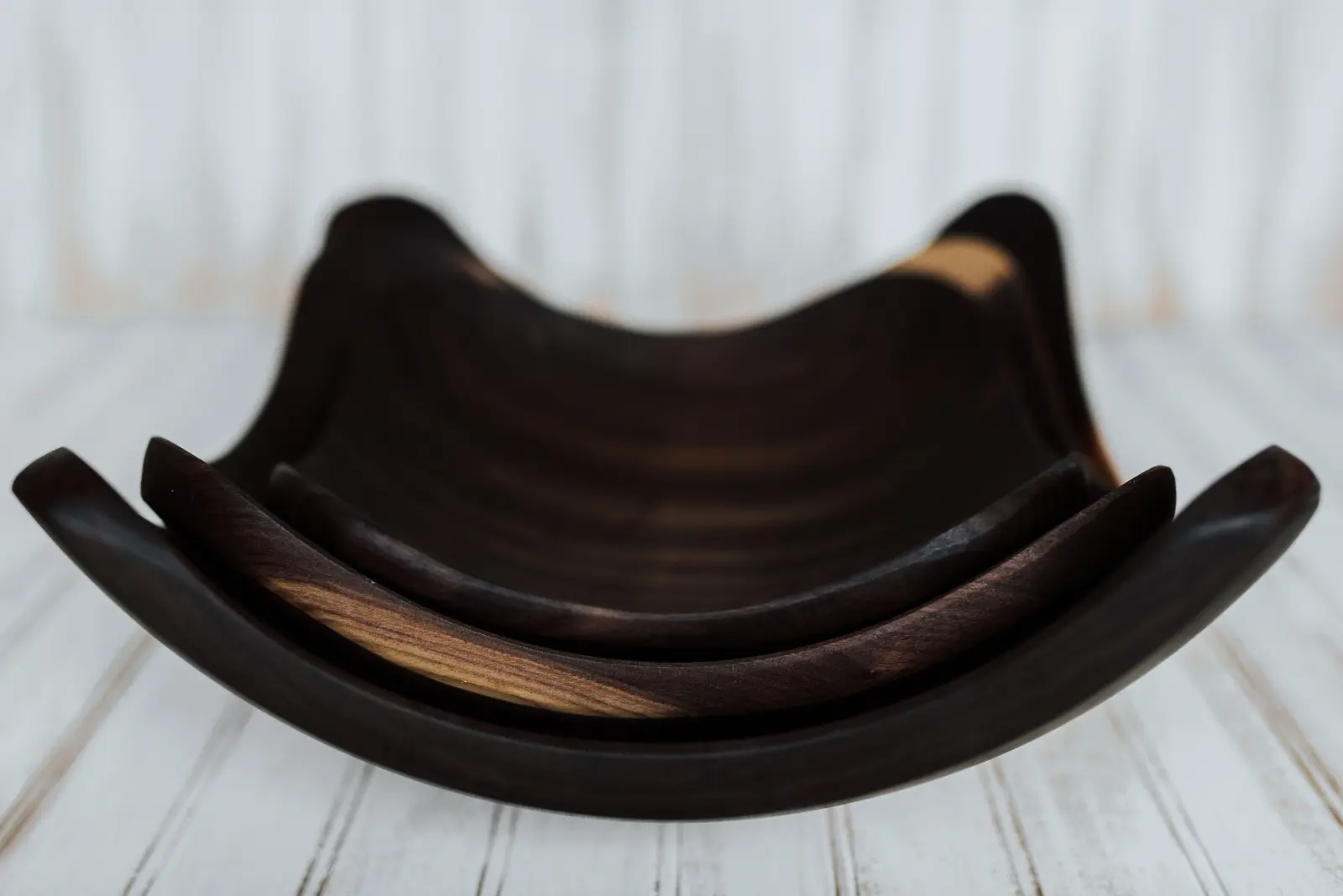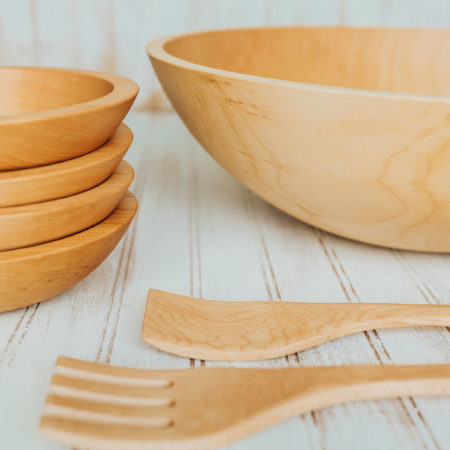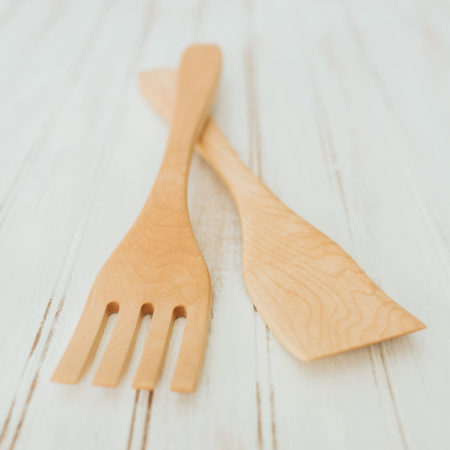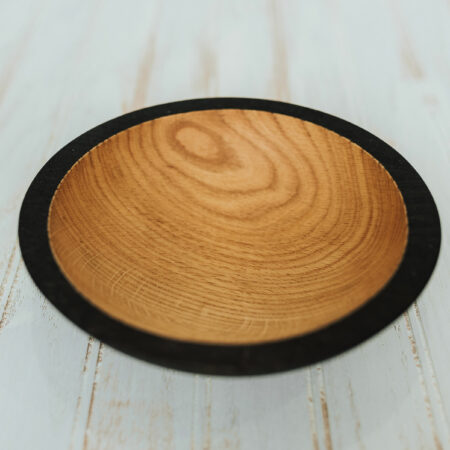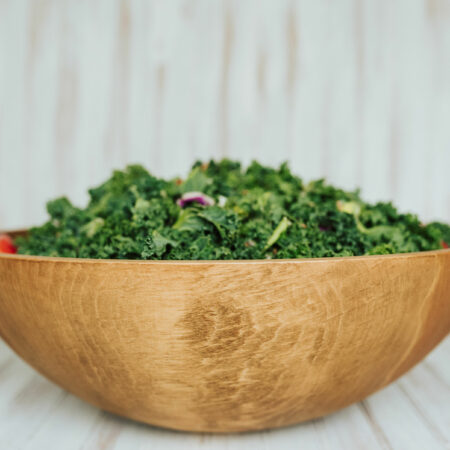Did you know that the average lifespan of wood kitchenware can be extended by up to 50% with proper care?
Taking care of your wooden utensils and cutting boards not only helps them last longer but also ensures a safe and hygienic cooking experience.
So, how exactly can you maximize the lifespan of your wood kitchenware?
In this discussion, we will explore essential care tips that will help you maintain the beauty and functionality of your wooden kitchen tools, leaving you with no room for disappointment.
Key Takeaways
- Use gentle dish soap and warm water for cleaning wood kitchenware
- Apply a food-safe oil or wax regularly to maintain the wood’s natural beauty
- Avoid exposing wood kitchenware to extreme temperatures and direct sunlight
- Regularly inspect and address any signs of damage or wear on wood kitchenware
Cleaning and Drying Techniques
To ensure the longevity of your wood kitchenware, it’s essential to employ proper cleaning and drying techniques. By taking care of your wooden utensils and cutting boards, you can extend their lifespan and maintain their beauty.
When it comes to cleaning, avoid using harsh chemicals or abrasive scrubbers, as they can damage the wood. Instead, opt for a gentle dish soap and warm water. Gently scrub the surface with a soft sponge or cloth to remove any food residue or stains. Rinse well and pat dry immediately.
After cleaning, it’s crucial to properly dry the wood kitchenware to prevent any moisture from seeping in and causing damage. Avoid air drying your wooden utensils, as it can lead to warping or cracking. Instead, use a clean towel to thoroughly dry each piece. Pay extra attention to any crevices or joints where water can accumulate. Make sure to dry both the front and back surfaces of the cutting boards to prevent any moisture from getting trapped.
To maintain the wood’s natural beauty and prevent drying or cracking, it’s recommended to periodically apply a food-safe oil or wax. This helps to seal the wood and protect it from moisture. Simply apply a thin layer of oil or wax to the surface and let it soak in for a few hours or overnight. Wipe off any excess oil or wax before using the kitchenware again.
Proper Oil Application
When caring for your wood kitchenware, ensuring proper oil application is essential to maintain its longevity and protect against moisture damage. Applying oil to your wooden utensils, cutting boards, and bowls not only enhances their appearance but also creates a protective barrier that prevents water from seeping in and causing cracks or warping.
Proper oil application is a simple yet effective way to keep your wood kitchenware in pristine condition for years to come.
To begin, choose a food-grade oil suitable for wood, such as mineral oil or walnut oil. These oils are safe to use on kitchenware and won’t leave any unpleasant taste or odor. Before applying the oil, make sure your wood kitchenware is clean and dry. This will ensure that the oil can penetrate the wood properly and provide maximum protection.
Using a clean cloth or paper towel, apply a generous amount of oil to the surface of your wood kitchenware. Rub the oil into the wood using circular motions, making sure to cover the entire surface. Allow the oil to soak in for a few hours or overnight, depending on the instructions provided by the manufacturer.
After the oil has had time to penetrate the wood, wipe off any excess oil with a clean cloth. This step is crucial to prevent the oil from becoming sticky or rancid. Once the excess oil has been removed, allow your wood kitchenware to air dry completely before using or storing it.
Remember to repeat the oil application process regularly, especially if you notice that the wood is becoming dry or dull. By following these simple steps, you can ensure that your wood kitchenware remains beautiful and functional for many years, creating a sense of belonging and connection to your kitchen and the meals you prepare.
Avoiding Extreme Temperatures
To avoid damage to your wood kitchenware, it is important to be mindful of extreme temperatures. Wood is a natural material that can be sensitive to temperature changes. Exposing your wood kitchenware to extreme heat or cold can cause it to warp, crack, or split, reducing its lifespan. Therefore, it is crucial to take proper care and follow these tips to ensure your wood kitchenware stays in excellent condition for years to come.
Here are some essential tips for avoiding extreme temperatures and maintaining the longevity of your wood kitchenware:
| Do’s |
Don’ts |
| Use pot holders or trivets to protect your wood kitchenware from direct contact with hot pots, pans, or dishes. |
Avoid placing your wood kitchenware near stovetops, ovens, or other heat sources. |
| Allow your wood kitchenware to cool down completely before washing it with hot water. |
Never soak your wood kitchenware in hot water or expose it to high heat for an extended period. |
| Store your wood kitchenware away from direct sunlight and heat sources to prevent warping or cracking. |
Avoid storing your wood kitchenware in the refrigerator or freezer, as sudden temperature changes can damage it. |
| Apply a food-safe oil or wax regularly to protect the wood from drying out and to maintain its natural beauty. |
Do not use your wood kitchenware in the microwave or dishwasher, as the extreme temperatures can cause irreparable damage. |
Storage and Organization Tips
For optimal care and maintenance of your wood kitchenware, effective storage and organization are key. By implementing the right storage and organization techniques, you can ensure that your wood kitchenware remains in excellent condition for years to come.
Firstly, make sure to store your wood kitchenware in a cool, dry place. Avoid exposing it to direct sunlight or extreme temperatures, as this can cause the wood to warp or crack. Additionally, keep your wood kitchenware away from sources of heat, such as stovetops or ovens, as this can also lead to damage.
When it comes to organization, consider investing in a utensil holder or drawer divider specifically designed for wood kitchenware. These tools will help keep your utensils and tools neatly organized and easily accessible. Avoid overcrowding your storage space, as this can lead to scratching or chipping of the wood.
Furthermore, it’s important to clean your wood kitchenware before storing it. Use a mild dish soap and warm water to gently wash your utensils and tools, making sure to remove any food residue or stains. Once cleaned, thoroughly dry your wood kitchenware with a soft cloth to prevent moisture damage.
To prevent any potential staining, consider using a food-safe mineral oil to condition your wood kitchenware. Apply a thin layer of oil using a clean cloth, and allow it to soak in overnight. This will help maintain the natural beauty and extend the lifespan of your wood kitchenware.
Regular Maintenance and Inspection
Regularly inspecting and maintaining your wood kitchenware is essential for ensuring its longevity and optimal performance. By taking the time to care for your wooden utensils, cutting boards, and bowls, you can extend their lifespan and continue to enjoy their natural beauty and functionality for years to come.
To begin, it’s important to regularly inspect your wood kitchenware for any signs of damage or wear. Check for cracks, splinters, or any other indications of deterioration. If you notice any issues, address them immediately to prevent further damage. This could involve sanding down rough areas, applying a fresh coat of food-safe oil or wax, or even seeking professional repairs if needed. Regular inspection allows you to catch problems early on and take proactive steps to preserve the integrity of your wood kitchenware.
In addition to inspection, regular maintenance is crucial. Cleaning your wood kitchenware after each use is essential for removing food particles and preventing the growth of bacteria. Use warm water, mild soap, and a soft cloth or sponge to gently clean the surface. Avoid soaking or submerging your wood kitchenware in water for extended periods, as this can cause warping or splitting. After cleaning, ensure that your wood kitchenware is completely dry before storing it to prevent moisture from being trapped and causing damage.
Beyond cleaning, applying a protective coating of food-safe oil or wax every few months can help keep your wood kitchenware in optimal condition. This not only enhances its natural beauty but also helps to prevent the wood from drying out or absorbing unwanted odors and stains. Simply apply a thin layer of oil or wax, following the manufacturer’s instructions, and allow it to soak in before wiping off any excess.
Regular maintenance and inspection are essential for maximizing the lifespan of your wood kitchenware. By taking the time to care for your wooden utensils, cutting boards, and bowls, you can ensure that they continue to serve you well in your kitchen for years to come.
Summary
By following these essential care tips, you can extend the lifespan of your wood kitchenware and keep it looking as beautiful as the day you bought it.
Treat your wooden utensils with care, like a delicate bird’s nest, and they’ll reward you with years of reliable service and rustic charm.
Remember to clean and dry them properly, apply oil regularly, avoid extreme temperatures, and store them carefully.
With a little regular maintenance, your wood kitchenware will continue to bring joy to your culinary adventures.

